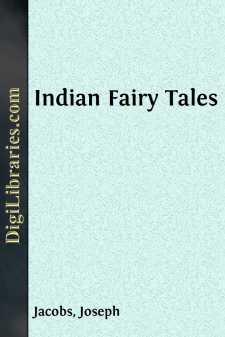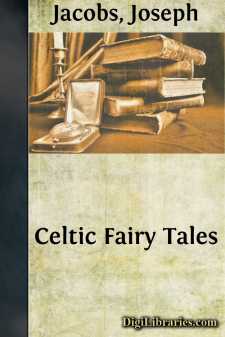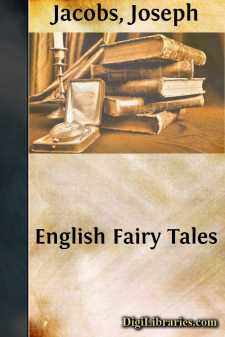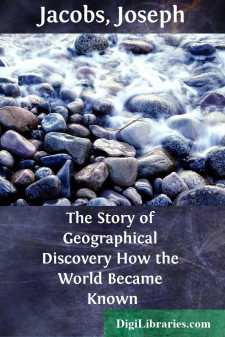Categories
- Antiques & Collectibles 13
- Architecture 36
- Art 48
- Bibles 22
- Biography & Autobiography 813
- Body, Mind & Spirit 142
- Business & Economics 28
- Children's Books 16
- Children's Fiction 13
- Computers 4
- Cooking 94
- Crafts & Hobbies 4
- Drama 346
- Education 46
- Family & Relationships 57
- Fiction 11829
- Games 19
- Gardening 17
- Health & Fitness 34
- History 1377
- House & Home 1
- Humor 147
- Juvenile Fiction 1873
- Juvenile Nonfiction 202
- Language Arts & Disciplines 88
- Law 16
- Literary Collections 686
- Literary Criticism 179
- Mathematics 13
- Medical 41
- Music 40
- Nature 179
- Non-Classifiable 1768
- Performing Arts 7
- Periodicals 1453
- Philosophy 64
- Photography 2
- Poetry 896
- Political Science 203
- Psychology 42
- Reference 154
- Religion 513
- Science 126
- Self-Help 84
- Social Science 81
- Sports & Recreation 34
- Study Aids 3
- Technology & Engineering 59
- Transportation 23
- Travel 463
- True Crime 29
Indian Fairy Tales
by: Joseph Jacobs
Categories:
Description:
Excerpt
PREFACE
From the extreme West of the Indo-European world, we go this year to the extreme East. From the soft rain and green turf of Gaeldom, we seek the garish sun and arid soil of the Hindoo. In the Land of Ire, the belief in fairies, gnomes, ogres and monsters is all but dead; in the Land of Ind it still flourishes in all the vigour of animism.
Soils and national characters differ; but fairy tales are the same in plot and incidents, if not in treatment. The majority of the tales in this volume have been known in the West in some form or other, and the problem arises how to account for their simultaneous existence in farthest West and East. Some—as Benfey in Germany, M. Cosquin in France, and Mr. Clouston in England—have declared that India is the Home of the Fairy Tale, and that all European fairy tales have been brought from thence by Crusaders, by Mongol missionaries, by Gipsies, by Jews, by traders, by travellers. The question is still before the courts, and one can only deal with it as an advocate. So far as my instructions go, I should be prepared, within certain limits, to hold a brief for India. So far as the children of Europe have their fairy stories in common, these—and they form more than a third of the whole —are derived from India. In particular, the majority of the Drolls or comic tales and jingles can be traced, without much difficulty, back to the Indian peninsula.
Certainly there is abundant evidence of the early transmission by literary means of a considerable number of drolls and folk-tales from India about the time of the Crusaders. The collections known in Europe by the titles of The Fables of Bidpai, The Seven Wise Masters, Gesia Romanorum, and Barlaam and Josaphat, were extremely popular during the Middle Ages, and their contents passed on the one hand into the Exempla of the monkish preachers, and on the other into the Novelle of Italy, thence, after many days, to contribute their quota to the Elizabethan Drama. Perhaps nearly one-tenth of the main incidents of European folktales can be traced to this source.
There are even indications of an earlier literary contact between Europe and India, in the case of one branch of the folk-tale, the Fable or Beast Droll. In a somewhat elaborate discussion [Footnote: "History of the Aesopic Fable," the introductory volume to my edition of Caxton's Fables of Esope (London, Nutt, 1889).] I have come to the conclusion that a goodly number of the fables that pass under the name of the Samian slave, Aesop, were derived from India, probably from the same source whence the same tales were utilised in the Jatakas, or Birth-stories of Buddha. These Jatakas contain a large quantity of genuine early Indian folk-tales, and form the earliest collection of folk-tales in the world, a sort of Indian Grimm, collected more than two thousand years before the good German brothers went on their quest among the folk with such delightful results. For this reason I have included a considerable number of them in this volume; and shall be surprised if tales that have roused the laughter and wonder of pious Buddhists for the last two thousand years, cannot produce the same effect on English children....





